(Ed McCormack 1943-2021)
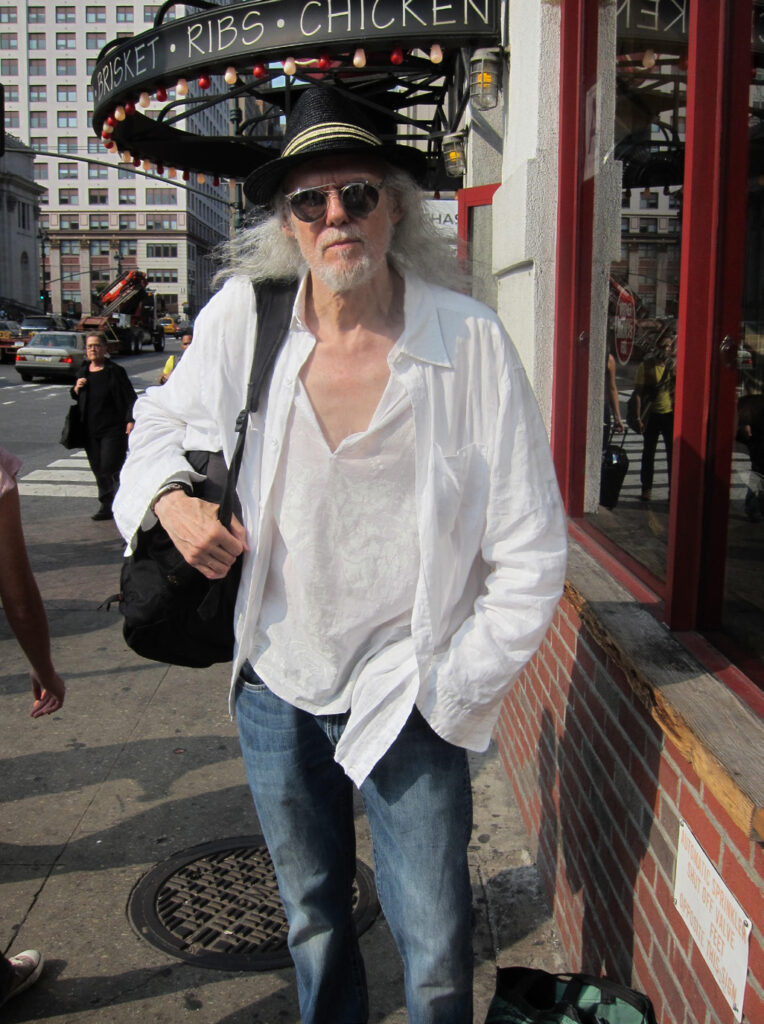
Ed’s story began a long time ago when he was a child on the Lower East Side. His mother was always ill with a very bad heart condition. Ed remembered those early years and often told me how his mother’s severe heart condition consumed his emotional life. Over the years when we had talks about his past and his early childhood, I often asked him, “How did you deal with the constant fear of losing your mother?” “I drew,” he would say, “I would go off by myself and draw, it was my way of separating myself from the pain my mother was dealing with.”
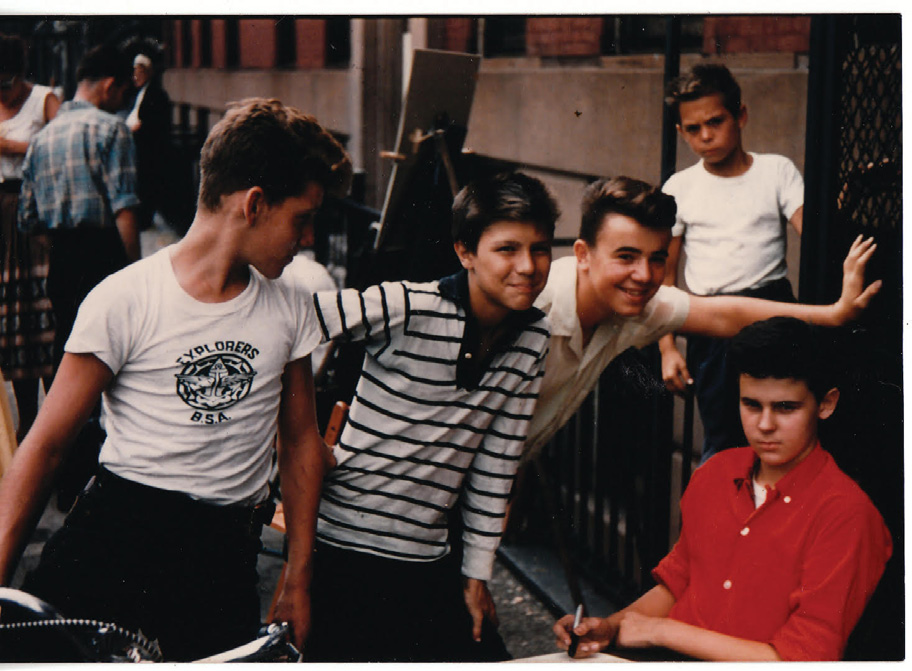
From the moment I met Ed in 1960 he always talked about art and artists he admired. I remember bright sunny Saturdays, after we were married in 1961, when we would take long walks along Madison Avenue to visit the galleries. It was always exciting to visit a particular gallery and see the work of an artist we really liked or to discover a new artist. Our two favorite galleries were Willard, which presented artists like Mark Tobey and Morris Graves, and Cordin&Extrum which showed Richard Lindner. Later we would often stop at the Modern and Whitney Museums, which at that time were in the same building. Mostly I remember our lively conversations about art and the joyous feeling of the many possibilities that life held.

In the early 60s, Ed spent all of his free time working on his art, often late into the night, when he had to work at a job the next day. This all eventually led to a show on 10th Street. He had an exhibition at the Brata Gallery, and later at the Stryke Gallery. For the Brata show he did enormous figurative paintings with flat bright colors. And for the Stryke Gallery he presented a whole series of fine ink drawings of the city which were dream-like visions of beautiful female figures walking among cars with mean faces and men in business suits. He was reviewed for these delicate visionary cityscapes in The Village Voice, The Wall Street Journal and in Women’s Wear Daily.

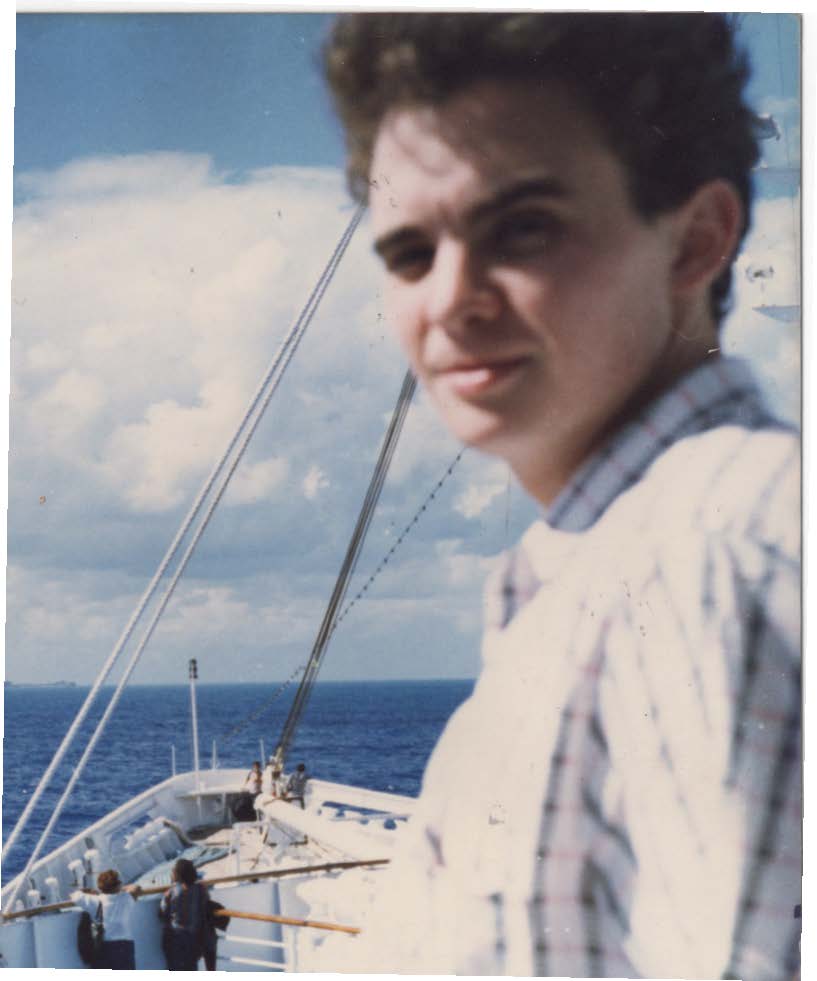
DEAR HOLDEN
Hard to believe the world has gone on
almost ten years without you
and without the me only you knew.
They say a part of us dies
with the one for whom we grieve.
But I say its more like a whole self:
the self we saw mirrored in the eyes
of the one in whose gaze we
lived most vividly.
Remembering your keen wit,
I only hope the afterlife
is sufficiently absurd to keep
you amused, and not so
insipidly heavenly as not to include
stupid politicians, pompous clergymen,
pontificating pop stars and other
staples of our once shared scorn.
You’ll be happy to know it’s still
ridiculous here, although nowhere
near as much fun as when you
were here, too, and all my mirth
magnified in your sky-blue eyes.
Our son Holden was born in 1963 and, when he was still a toddler, we’d take him to museums and galleries with hopes of introducing “the kid to a little culture.” Well, when we took him to see a show of abstractions at the Whitney or Modern, he exclaimed “This is monkey art!” Like his father, Holden had the rebellious spirit.
As a teenager Ed developed a great interest in the writers like Jack Kerouac and Allan Ginsberg of the Beat generation. He began writing poetry when he wasn’t drawing or painting. Ed also favored the Beat philosophy for rejecting mainstream values. For instance, Ed never completed High School; he would leave his home room class and go to the Seward Park library on the Lower East Side where he read art books, wrote poetry and drew. He was encouraged by his art teacher to attend The High School of Music and Art.
Ed said, “Much to the disappointment of my mother, I quit Music and Art and returned to Seward Park where I could skip classes and eventually quit altogether and hung out in the Village full time.”
As the sixties became the “swinging sixties” Ed did illustrations and started writing for Changes, an underground arts magazine. He also wrote for Andy Warhol’s Interview, The Village Voice and the New York Daily News. Jann Wenner, owner and editor of Rolling Stone, became interested in his work and asked him to write for the magazine, resulting in a career as a feature writer and columnist. This led to a detour from his art into a life of writing about Rock and Roll and celebrities, lasting throughout the 1960s, 1970s and into the 1980s.
In 1993 when our son was in the hospital with AIDs, Ed covered whole pages of his pocket notebook with a multitude of minute little t’s in the vain hope of transferring some of his T-cells to our son. By returning to art, he was hoping for magic to work. After he had made many pages of the tiny t’s, a doctor came into Holden’s room with a puzzled look on his face saying, “We don’t know why, but Holden’s T-cells have increased remarkably.” It was a moment of magic but it was not meant to be. Ed always held our son Holden close to his heart.
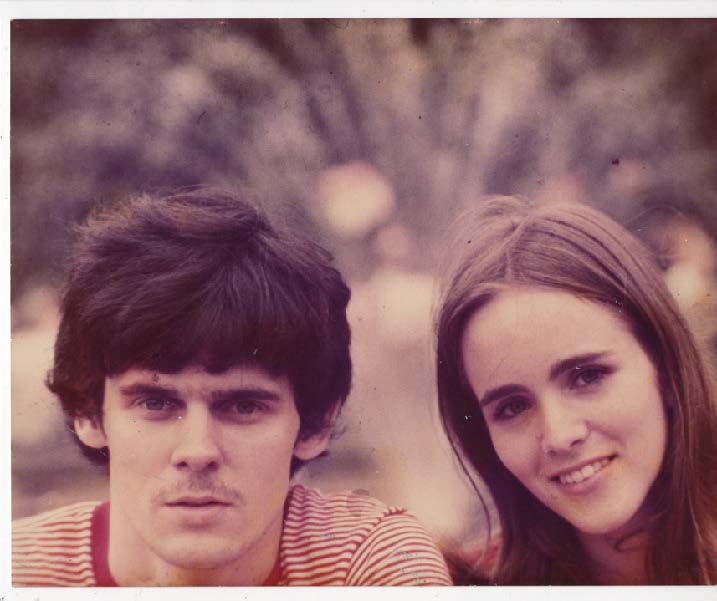
Ed started doing art reviews in the late 1980s. In the beginning he was working for Bruno and Margot Palmer-Poroner of ARTspeak. When they stopped publishing the magazine, we founded Gallery&Studio magazine in 1998. Ed was very happy to be writing about art since it had been so very important to him throughout his life. We would go together to take notes for articles and I worked on the production. We loaded up a truck and delivered the magazines to the galleries throughout New York City. We were very happy because this was something we could do together. It was such a sense of accomplishment every time a new issue came out. The magazine continued until a sunny fall day in 2014. It seemed like just another day when I returned to our apartment after visiting a friend, but I found Ed ill and disoriented and from that instant everything changed. At the hospital the doctor said he had had a hemorrhagic stroke and would require brain surgery. Ed struggled with the aftereffects of the stroke until this past April 28, 2021.
Along with the highlights of his life, his spirit will continue on in his artwork, writing and the story of his life, to be told in his upcoming book titled: “Hoodlum Heart: Confessions of a Test Dummy for the Crash and Burn Generation.”
He often said: “As far back as I can remember I was constantly drawing. My mother always said I was born with a pencil in my hand.”
I am sure he had one in his hand when he left this world.
Jeannie McCormack

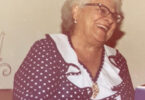



corazon
Oh Jeannie so lovely and intimate a portrait under your loving hand across the waters of time…timeless and vivid in living colors.
Thank you
Peter P
Together you both shared your lives in art with those artists whose work you showed and so sensitively reviewed in Gallery & Studio. I lucked into your visits to NOHO Gallery many times over the years…it was always a treat to steal a few minutes of your time.
Ed will be missed not only by those artists he wrote about so insightfully, but also by all of us who knew him through the years…
Dear Ms. McCormack,
Ed was one of my favorite music writers, and was somewhat pleasantly surprised he was as deft a visual artist as a wordsmith. I devoured his word portraits of classic NYC rockers of the 60s and 70s in magazines like Interview, Fusion and Rolling Stone. In particular, I was quite taken by his piece for Fusion in ’72 on the then newly solo artist Lou Reed. So much so in fact that I included it as part of an anthology of interviews with Lou that I had the pleasure to curate in 2019.
I literally discovered today that Ed had passed last year; I am truly saddened I never got the chance to meet and thank him for his enlightening and enlightened writing. Kindly accept my utmost condolences to you.
Dear Jeannie,
Once again I re-read your loving tribute to Ed. I’m thrilled that “Gallery and Studio”, given the changes it had to go through, survives and endures. I know you worked hard to achieve that. You may be happy to hear that 9 images of my work have been archived in The Louvre under the artist Jacques Louis David, each image attached to an amazing Ed McCormack review. I am so grateful, inspired and missing both you and Ed. Love, Sheila